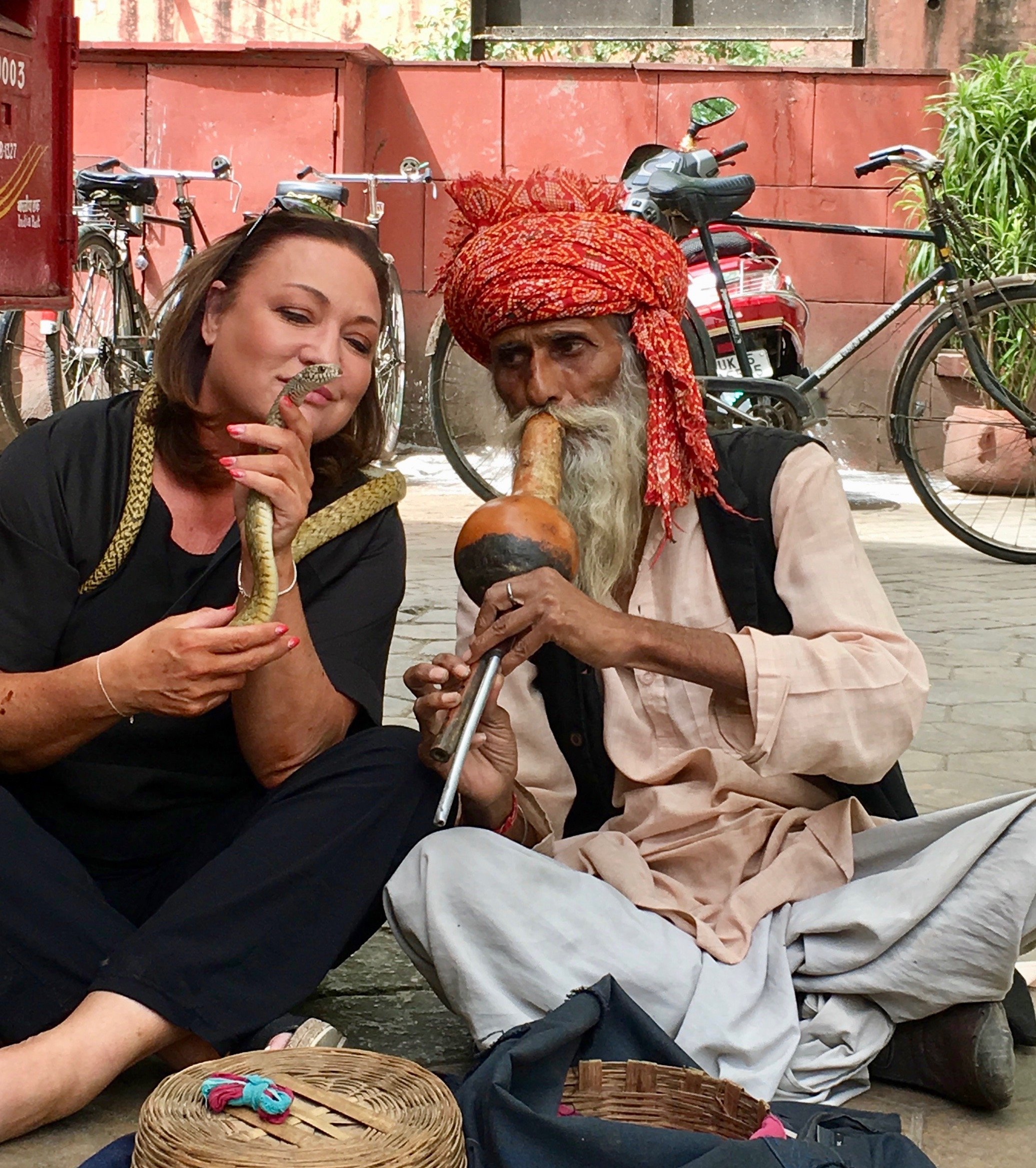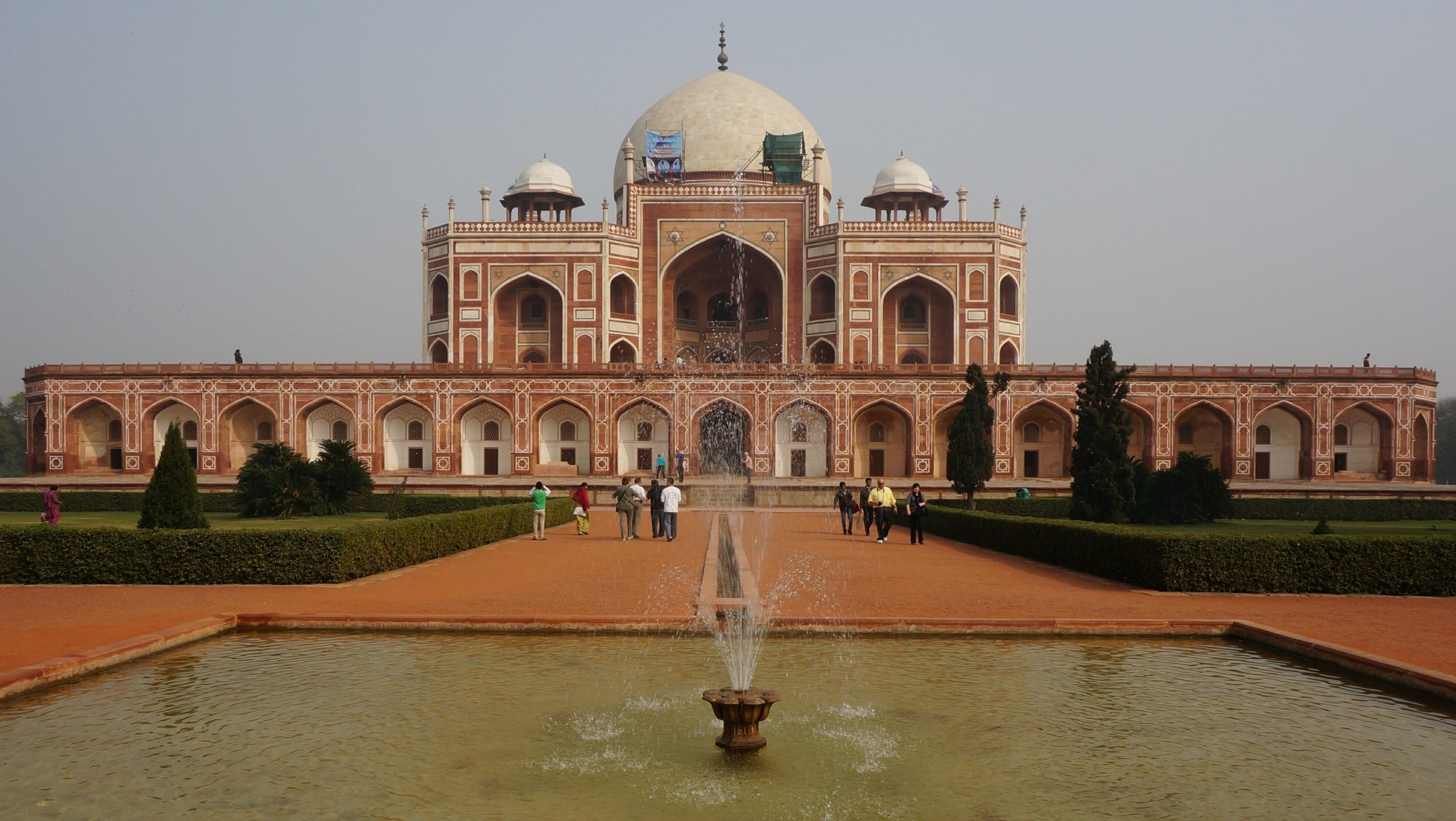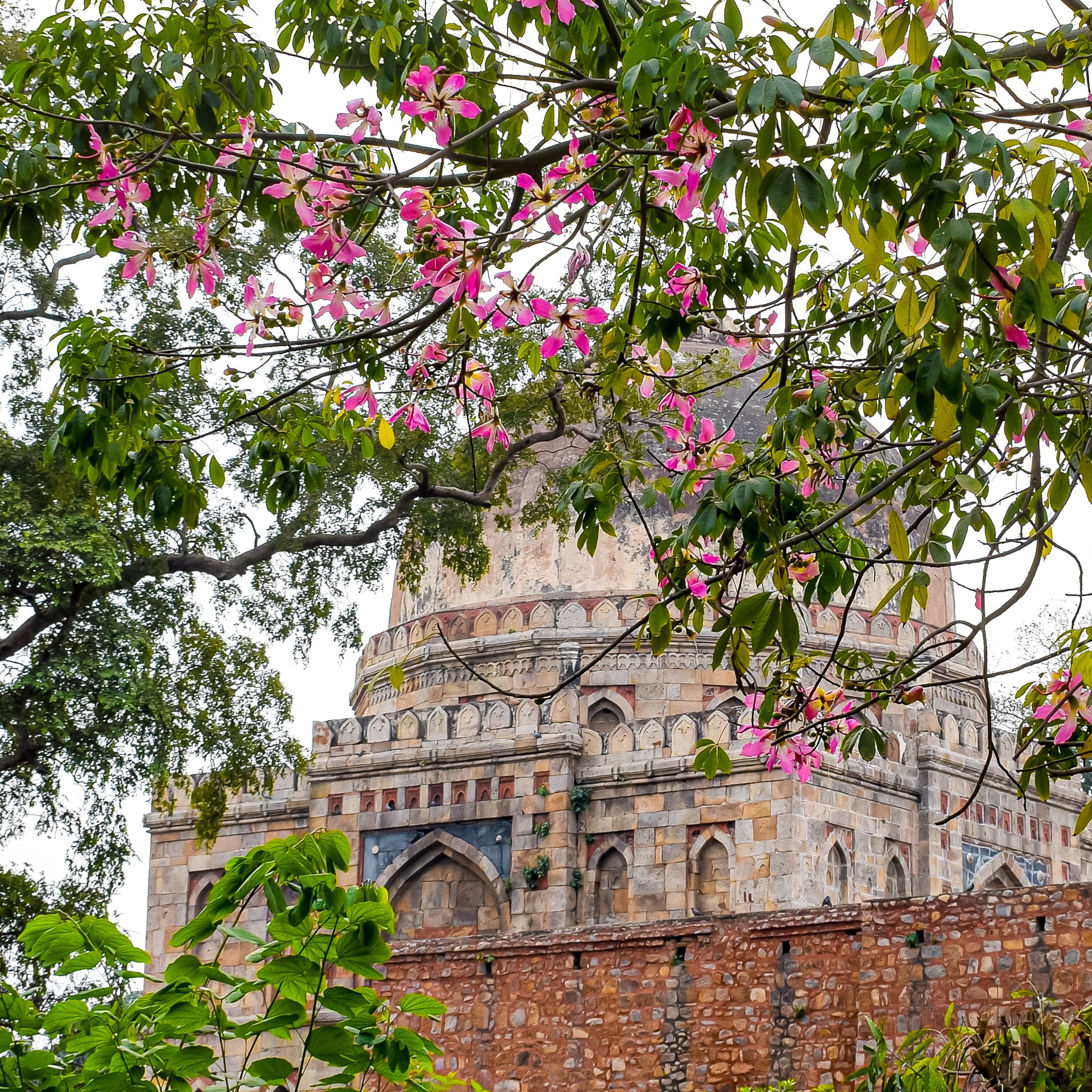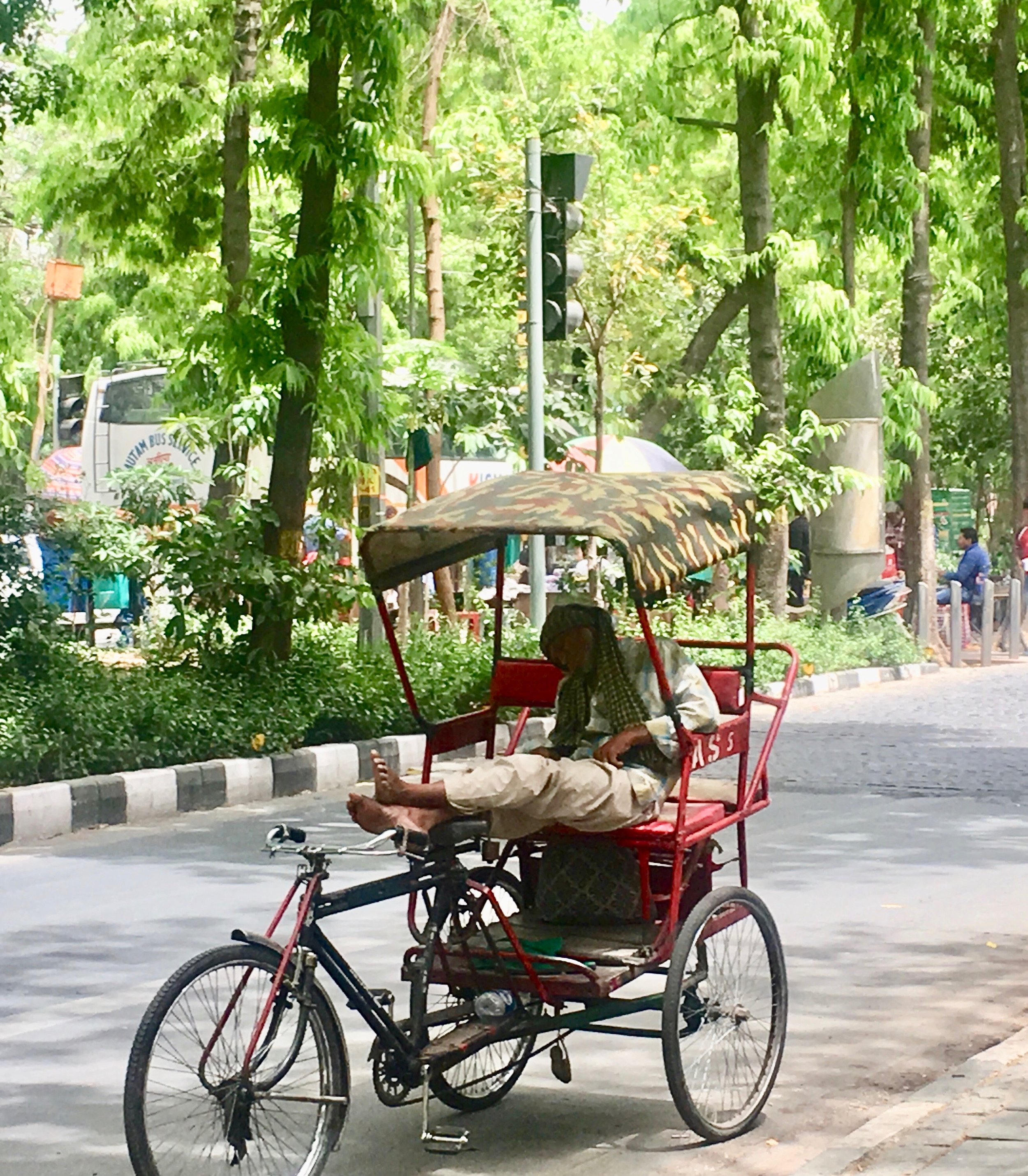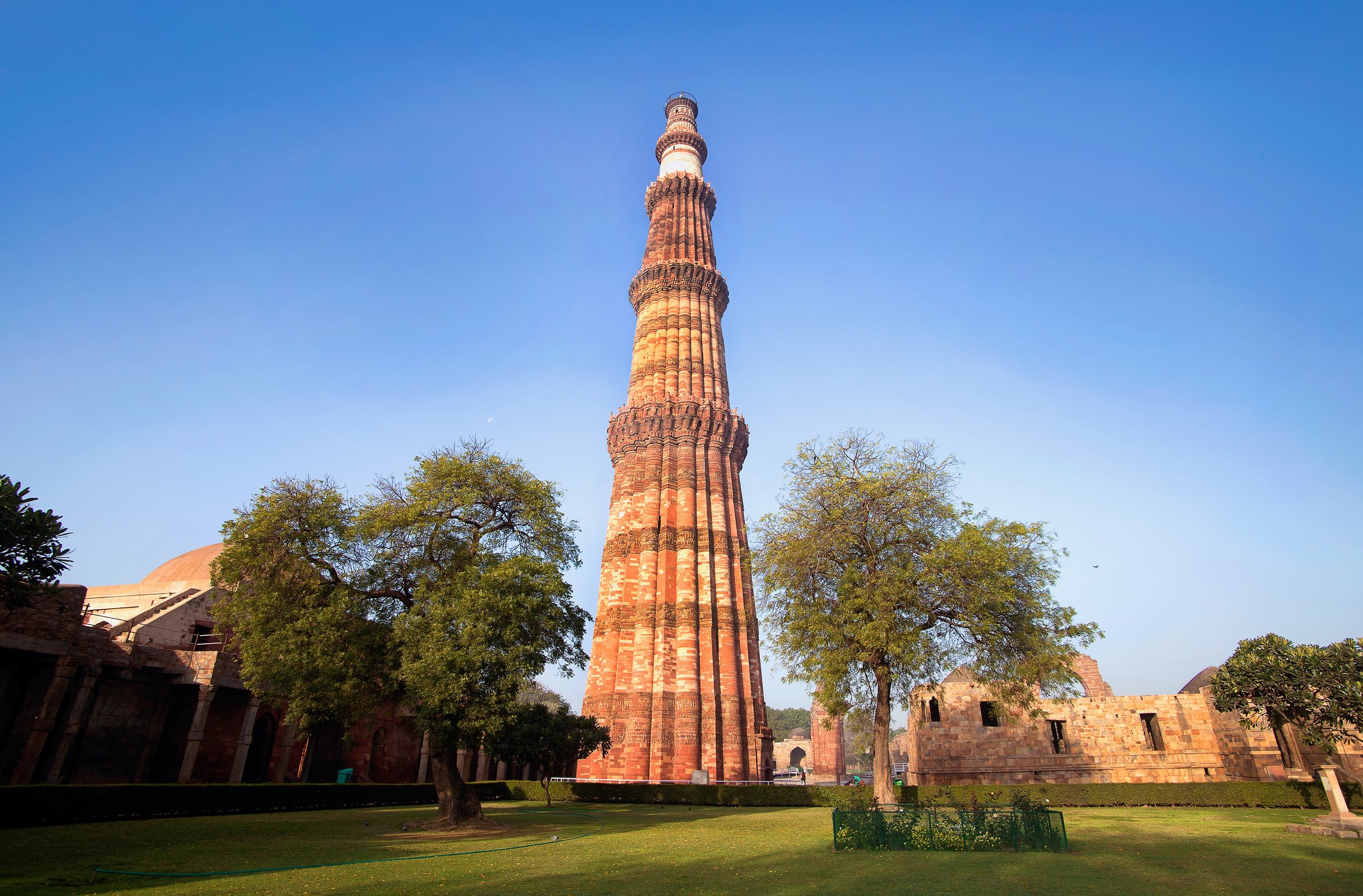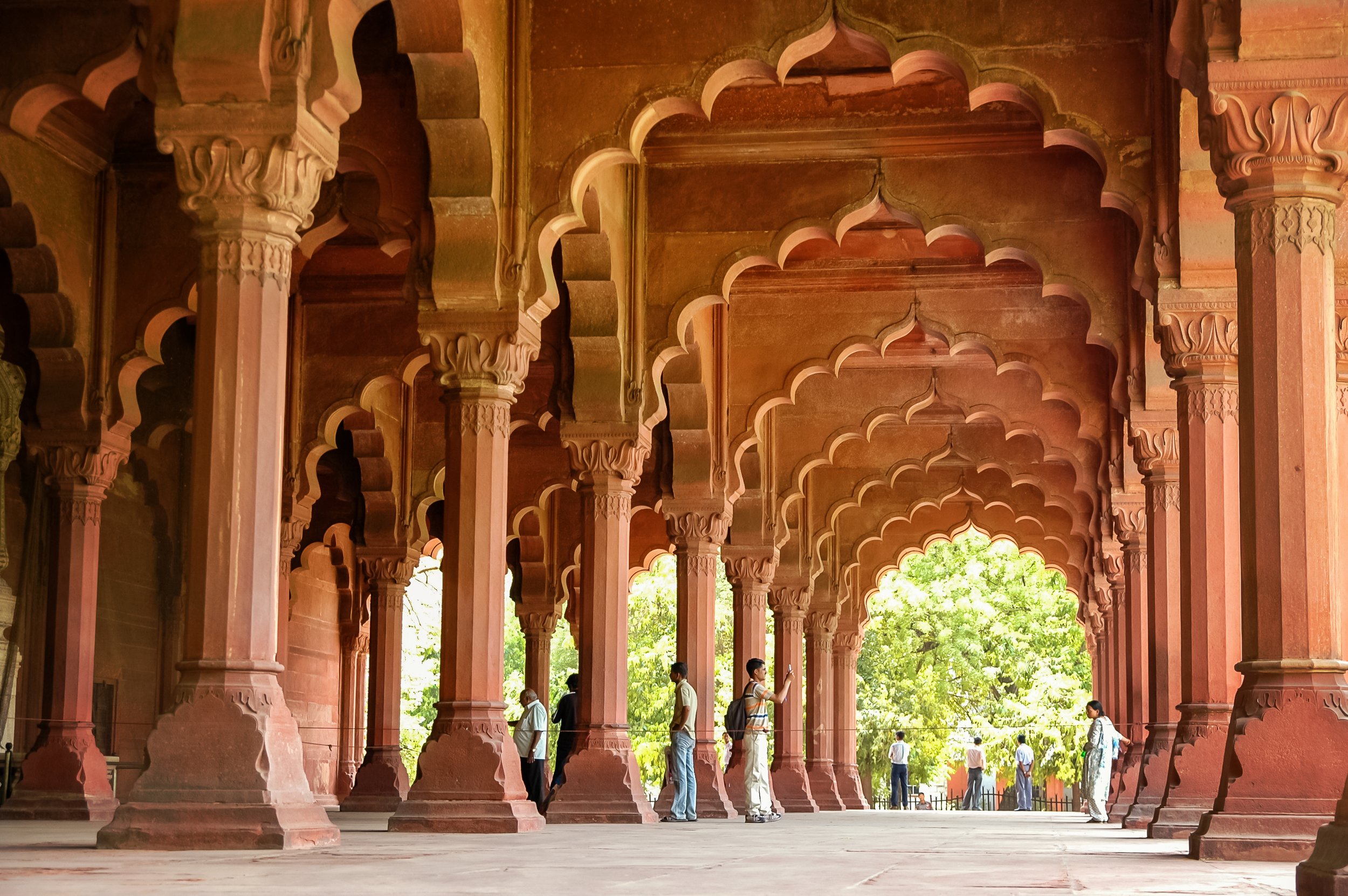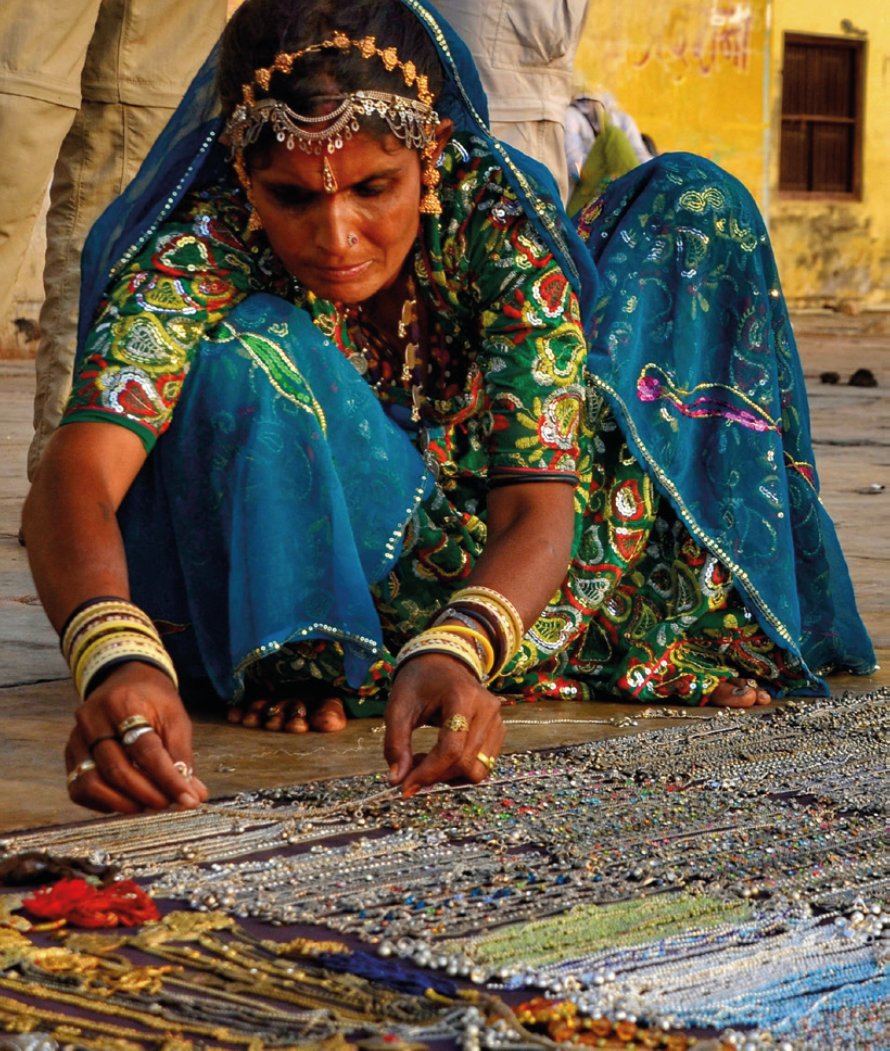Exploring the Wonders India
Norah Casey retraces her family roots in India with a memorable trip that started in the chaotic and colourful capital city of Delhi.
India was all that I expected and more. I landed in the early hours of the morning, hit by a searing wall of heat as I stepped from the plane. Despite the early hour and the sleep deprivation it was an emotional first step and more than a few tears were brushed away as I walked with my fellow travellers towards the visa desk. New Year’s Eve pledges over a glass of wine for most of my adult life have involved a trip to India. And now, well over the halfway mark, I was finally fulfilling that dream.
Indian Roots
All the while, as I was walking along the polished marble floors of Delhi airport, I was remembering another journey, one that was very different to the one I was making.
I would not be here today if a young family hadn’t set sail for the perilous journey round the Cape of Good Hope from Calcutta (now Kolkata) to Dublin over 160 years ago. And while it took me 14 hours to get to India it took John Seich Meroe, his wife Mary Anne and their young son Thomas nearly six months on board a merchant sailing ship stopping at Madras, Bombay and various other ports. John and Mary Anne had three children, Thomas was born in Calcutta in 1954, Elizabeth, my great grandmother was born in 1961 but we have never been able to find her birth certificate so she could have been born in Calcutta or Dublin and the youngest son Patrick was born in Dublin in 1964. Sometime in those ten years between Thomas and Patrick’s birth the Meroes took that journey.
I learned from their marriage certificate that John Seich Meroe’s parents were living in Benares on the Ganges (now called Varanasi) the oldest and holiest city in India and the birthplace of Buddhism. We believe that John was a Batman to a British army officer who came to Ireland with him. His first residence was the notably grand Fitzwilliam Square in Dublin. Soon after however they moved to the Liberties and a life of poverty, the poor house and illness. Mary Anne died at 39 in 1866 from the cholera plague that was sweeping Dublin leaving my Great Great Grandfather with three young children to raise. He himself died of tuberculosis at 60 in the South Dublin Workhouse and is buried in a pauper’s grave in Glasnevin. Both of his sons died young, one killed by a tram in Ballsbridge the other of bronchitis in the South Dublin Union Poorhouse (now St James hospital). But their intrepid daughter, my great grandmother Elizabeth, survived against the odds. She married into a strong Dublin family, the Dodds. Patrick, his brothers Luke and Reuben grew up and went to Belvedere College with James Joyce. With the help of Ulick O’Connor, Reuben famously went on to successfully sue for defamation over derogatory claims made by Joyce in Ulysses – he was one of many real-life people who were named and shamed in the tome. In 1882 Elizabeth married Patrick Dodd at Haddington Road Church. She was just 21 and he was a 69-year-old widower with a grown-up family. He died 14 years later but not before they had two children Henry and my grandmother Elizabeth Dodd. She met and married a kindred spirit. In 1916 Elizabeth was with Cumann na mBan helping to defend the railway line transferring buckets of bullets up to the bridge for the Volunteers. One of those was 17-year-old Leo Alfred Casey stationed at Boland’s Mill and the Railway works at Beggars Bush. My grandfather Leo was shot and subsequently imprisoned three times during the War of Independence and the Civil War. But Elizabeth waited for him. They married in 1928 and my father Harry came along soon after followed by two daughters and another son.
Melded into my genepool is the DNA of two intrepid explorers who set off from India in the 1850s. Unlike my own cosseted journey, they faced danger and uncertainty to start a new life in Ireland. My great grandmother’s determination and survival against the odds was matched by the strong Irish blood of the Dodds. And my grandmother Elizabeth picking up the mantle of her ancestors, fearlessly playing her part for the freedom of Ireland attracted like a magnet to a fellow courageous rebel, Leo Casey. And their respective DNA entwined to create my father, Harry, who met and fell in love with Mags, a nurse from Leitrim, to create me and my sisters and brothers. The family we have become.
India Ireland Connections
So here I am returning to that country where it all began and it was far more emotional than I expected. But aside from our own family history, Ireland’s connection with India runs deep with 350 years or more of shared history. Ireland was England’s oldest colony and India its largest. We share a flag of green, white and orange except India’s stripes are vertical with a central Chakra and ours horizontal. Diplomatic relations were established in 1949 between Ireland and India and embassies were opened in Dublin in 1951 and New Delhi in 1964.
My own connection to India was interwoven throughout the trip. On the way in from the airport the driver Shyam Singh, who was a constant companion and guide during my days in Delhi, told me about the current Prime Minister Narendra Modi and the unexpected success of a man of humble origins from Varanasi making it to the top. Or as he put it - ”many before him were born with golden spoons in their mouth and don’t know the colour of the ground”. He had faith that this prime minister, despite the controversy that has beset his premiership, was one of his own kind.
Arrival
India’s capital Delhi is an extraordinary city, crowded and vibrant, built by Mughal emperors but it is also overwhelming. We arrived at the hotel in Taj Vivanta at Dwarka on the outskirts of Delhi at 4.30am for a few hours to shower, nap and pack a small bag for the three day trip to Udaipur that evening. The day was devoted to sightseeing in Delhi. I was in India to speak and pick up an award at the Women’s Economic Forum later that week but for this first part I was on my own. From the moment I landed in Delhi all of my travel, transfers, drivers, guides and accommodation were organized by India Tourism in London via an excellent local travel agent, SA Southend Travels (myindiaholidays.in) owned by Anurag Agarwal. Details are at the end of the article but I cannot recommend Anurag highly enough. He is efficient, good value, organized even last minute requests and a thoroughly nice man.
Delhi
That first day I headed out from the hotel with Shyam in the early morning driving through the relatively quiet roads around the hotel heading for the highway and New Delhi. There are 20 million people in Delhi, 11 million cars and the most chaotic driving I have ever experienced. While Shyam deftly dodged and jostled inch by inch on the traffic jammed highway (six lanes - but who cares about those white markings) I went through multiple near death experiences. This is the craziest driving I have ever encountered with no rules whatsoever. Driving in Delhi is like one giant game of chicken and dodgems combined. Buses, trucks, tractors, cars, motorbikes, rickshaws careering towards each other on one way streets, just in time heart stopping swerves and the constant cacophony of horns blaring. Who knew there could be so many different decibels, sirens and pitch built into a car horn. Two lost nails later we picked up my guide for the day, Poonam. She was an oasis of calm and I was eager to be distracted from the daredevil action movie enacted in real time through the far too many windows of the car. Shyam by the way remained unruffled by the car rage with the odd muttering of ‘crazy traffic’ followed by a shrug of the shoulders at some of the more spectacular death defying maneuvers.
Old and New
Old and New Delhi blend an ancient culture with centuries old forts, tombs, monuments and streets with the pristine tree lined avenues and splendid architecture of New Delhi. Steeped in dynastic influences from the many empires who rose and fell here, among them the Tughlaqs, the Khiljis and the Mughals. New Delhi was planned by the British and designed by architect Edwin Lutyens (you may remember my review of The Ned hotel in London, designed and named by one and the same). Rashtrapati Bhavan (Parliament House) and India Gate, reflect Delhi’s colonial past After independence in 1947, New Delhi officially became the Capital of India.
Old Delhi
Chandni Chowk
Old Delhi’s pulsating heart is centred on the ancient jam-packed Chandni Chowk, one of the oldest and busiest markets in India. Bazaars, ramshackle shops and temples line the once elegant Mughal area which derives its name from centuries ago when, impossible to imagine nowadays, the moon was reflected in a central pool – hence the name Chandni Chowk 'moonlight place'. There is no pool now. At this stage of my sightseeing I had come to terms with my own mortality and accepted that the only way to experience the ancient narrow lanes, havelis (historic houses) and bazaars of this bustling capital of the Mughals was on the back of a rickshaw. After a bit of haggling and a bucket of courage I headed into the labyrinth and chaos of Chandni Chowk bazaar
Overladen bicycles, hawkers, rickshaws and porters fight for space with the cars and motorbikes. It is teaming with life. This is a full-on assault on the senses. My eyes were everywhere all at once, trying to soak it all in, the teaming, overladen cycle rickshaws, the porters pulling impossible loads, the women dressed in vibrant reds, acid yellows and shades of magenta, rolls of carpet and piles of colourful ornate pashminas creating an explosion of colour in an otherwise dull oppressively hot day. And the smells – at once sweet and putrid with the piles of spices making my eyes water and my throat tight. I ducked into a doorway with Poonam to haggle forever for some ginger, rose and white tea. From there we took the perilous journey down lanes dodging loads and crowded pathways to the jewellery market for some traditional silver earrings (that I couldn’t leave without!). Dusty, hot and footsore we headed back to Shyam and the welcome air conditioning of the car. Most of the markets and shops in Chandni Chowk are closed on Sundays.
Red Fort
Emperor Shah Jahan (who also commissioned the Taj Mahal) ordered the construction of the Red Fort in 1638. A decade later the imposing 18-metre-high walls stretching for two kilometres were completed, intended to protect the city from invasion. Unfortunately, both the Sikhs and the British captured the Fort and while Shah Jahan never took up residence, in 1857 the last Mughal emperor, Bahadur Shah Zafar, was exiled from the Red Fort to Myanmar (formerly Burma) for his role in the First War of Independence.
The Red Fort is a World Heritage Monument, entrance is 500 rupees and it is open from sunrise until sunset (closed Mondays).
Jama Masjid
Jama Masjid is one of the largest mosques in India and certainly with the most spacious courtyard with a capacity of up to 25,000 people. Shah Jahan’s architectural vision led to the beautiful marble and red-sandstone façade and the perfect symmetry of the two 40-metre-high minarets and the four watchtowers. Commissioned in 1644 this calm oasis in old Delhi is worth a visit for a wander around the courtyard alone. The people watching is incredible with large families and couples posing for selfies in front of the grand frontage. For a small fee and amazing views, you can climb one of the minarets with a direct line view of the Edwin Lutyens architectural jewels of Connaught Place and Sansad Bhavan (Parliament House). As with most holy places, wear appropriate clothing covering head, legs and shoulders (I brought a pashmina everywhere). A camera charge of 300 rupees applies for visiting the mosque. Jama
Masjid is located near the Red Fort and Chandni Chowk in Old Delhi and open from sunrise to sunset (closed between 12 and 1.30pm for prayers).
New Delhi
Humayun’s Tomb
Built some 60 years before the Taj Mahal there is a similarity to Humayun’s Tomb in symmetry, aesthetic and the marriage of Persian and Mughal influences. Built for the second Mughal Emporer Humayun in 1570 by his Persian wife Haji Begum the red sandstone and white marble contrasting with the beautiful gardens.
Humayun’s Tomb, Nizamuddin East, New Delhi. Entrance 500 rupees. Open: Sunrise to sunset
Qutub Minar
Dating back to 1206 and the sultans of Mehrauli, this UNESCO World Heritage Site is one of the most important places to visit in Delhi. The Qutub Minar is the tallest minaret (made of brick) in the world and one of the finest examples of Islamic and Indian architecture. Artisans and craftsmen added to the foundation of this ancient ruin over the centuries and the tombs and monuments. Set to symbolise the triumph of Muslim rule in India the calligraphy and carvings of the five-story tower and tombs feature the Qur’an.
Qutub Minar, Mehrauli, South Delhi or Metro to Qutab Minar station, short rickshaw ride. Entrance 500 rupees. Open: Sunrise to sunset.
Gandhi Smriti
One of the loveliest and memorable visits was to the revered place where Mahatma Gandhi was assassinated by a Hindu nationalist on the grounds of Birla House in 1948. Unofficially named the Father of the Nation, Gandhi led India to independence from Britain and his long quest for non-violent protest inevitably caused some disagreement. This was a beautiful interlude in my day with hordes of laughing school children jostling for photographs in the grounds and amazingly quiet and respectful when they reached the turquoise pathway to his memorial. Gandhi spent his final days at the house and inside there are rooms just as he left them - a pair of chappals (sandals), his distinctive walking stick and spectacles.
Gandhi Smriti 5 Tees January Marg, central New Delhi. Free to enter. Open 10am to 5pm (closed Monday).
Other Notable Sights
Rajpath: We weren’t really supposed to stop but Shyam pulled up the entrance of the Indian government at Rajpath (Kingsway) the imperial parade which links from there to India Gate and the official residence of the president, Rashtrapati Bhavan. Just 16 years prior to British rule ending in India this grand symbol of colonial power as with most of New Delhi Rajpath was designed by Edwin Lutyens between 1914 and 1931, (assisted by Herbert Baker), and underlined the ascendance of the British rulers.
India Gate: Designed by the prolific Edwin Lutyens, India Gate is an impressive 42m-high stone memorial arch in tribute to Indian army soldiers who died in WW1 at the eastern end of Rajpath.
Lodhi Gardens: To escape the city head to Lodhi Gardens built by the British in 1936 where you will find a peaceful paradise a world away from the hustle and bustle of the city. Lodhi Road, not far from Humayun's Tomb.
Hauz Khas: For another beautiful interlude head to Hauz Khas built in the 13th century with lovely parklands, ruined tombs and birdsong. To reach the reservoir cut through the Deer Park open during the day and head to Hauz Khas village later for some cool restaurants, cafes and hipster boutique shops and vintage Bollywood memorabilia
Getting There & Around
Although Delhi has an excellent Metro train system, I opted for a car and driver for the duration of my stay which is a convenient, hassle free way to get around (but avoid rush hour times).
India travel itinearary via India Tourism - SA Southend Travels: myindiaholidays.in (owned by Anurag Agarwal) sasouthend@gmail.com.
There are a number of options on airlines with one connection, Aer Lingus (aerlingus.com) and Air India (airindia.in) are one option (stopping in Amsderdam or Paris) and Emirates (emirates.com) is another well priced option, stopping in Dubai. I flew with Etihad Airways which operates twice daily flights from Dublin to Abu Dhabi with regular connections to Delhi, total flight time from 13.5 hours.




